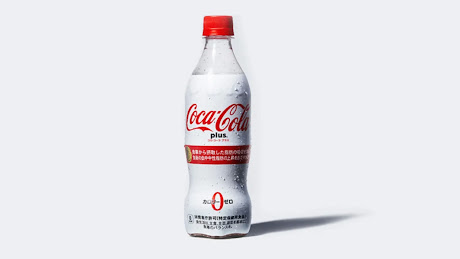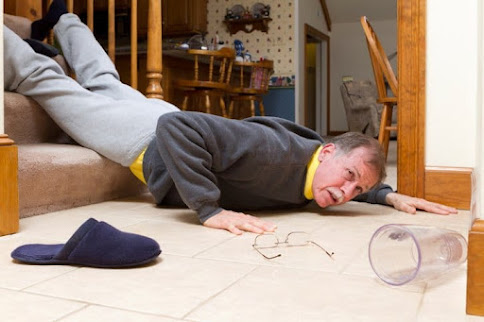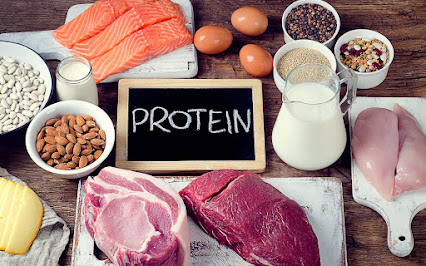Negativity bias. We all have it. It's is a very human thing that we developed hundreds of thousands of years ago to keep us safe.
Our tendency to pay more attention to bad things and overlook good things is likely a result of evolution. Earlier in human history, paying attention to bad, dangerous, and negative threats in the world was literally a matter of life and death. We had to be alert for rampaging mammoths and stealthy saber-toothed tigers. Those who were more attuned to danger and who paid more attention to the bad things around them were more likely to survive. This meant they were also more likely to hand down the genes that made them more attentive to danger.
Very few of us need to be concerned about being eaten by tigers these days. Yet our negative bias persists. Research suggests that this negativity bias starts to emerge in infancy. Very young infants tend to pay greater attention to positive facial expression and tone of voice, but this begins to shift as they near one year of age. Brain studies indicate that around this time, babies begin to experience greater brain responses to negative stimuli. This suggests that the brain's negative bias emerges during the latter half of a child’s first year of life. There is some evidence that the bias may actually start even earlier in development.
Research has shown that negative bias can have a wide variety of effects on how people think, respond, and feel, impacting our mood, decision making and relationships in (surprise!) negative ways. Our old protection mechanism no longer serves us well in the modern world. Interestingly, there is a difference between how men and women register negative comments. Dr. Timothy J. Bono, PhD, who teaches a course in the Science of Happiness at Washington University in St. Louis, explains, "The negative-positive asymmetry effect holds for both men and women. The difference, however, is typically found in how the emotions become manifest. Women are much more likely to internalize them (in the form of sadness or depression, for example), and men are more likely to externalize (as with outward anger)."
Fortunately, as the new science of epigenetics shows us, our genes are often predilections and not destiny. Neuroscientists and psychologists say that we can overcome our inherent negative bias and one simple (if not easy) method for doing so is called the Notice - Shift - Rewire approach. Click Here to read more about it.
This is not about transforming into an unfettered optimist or becoming a Pollyanna who sees only the good in everything. But controling our automatic bias toward the negative can help us feel better, be happier, less prone to suffering, act more kindly,
to people around us, be more effective at home and
work, and have more sense of a kind of inner peace and connectedness
with all things. That seems worth a shot to me.





.webp)





















